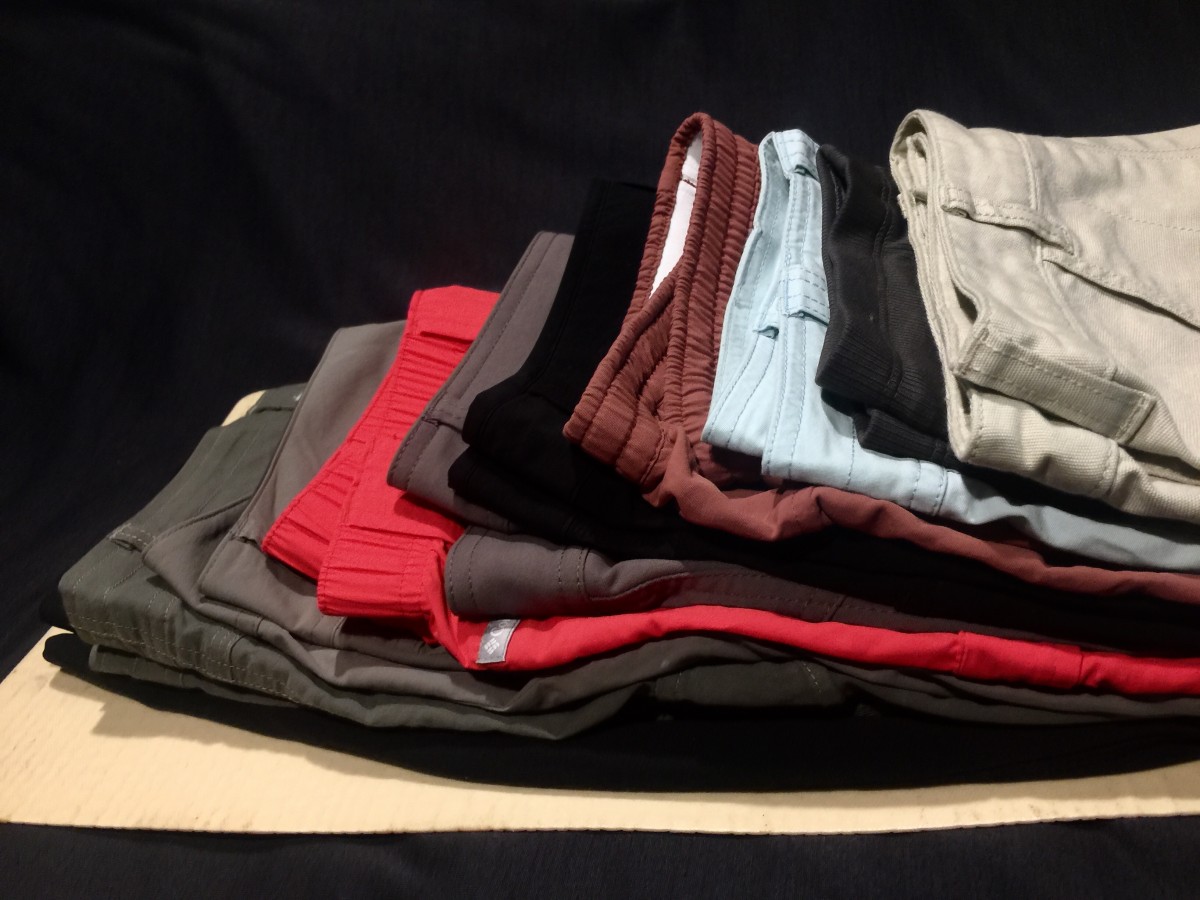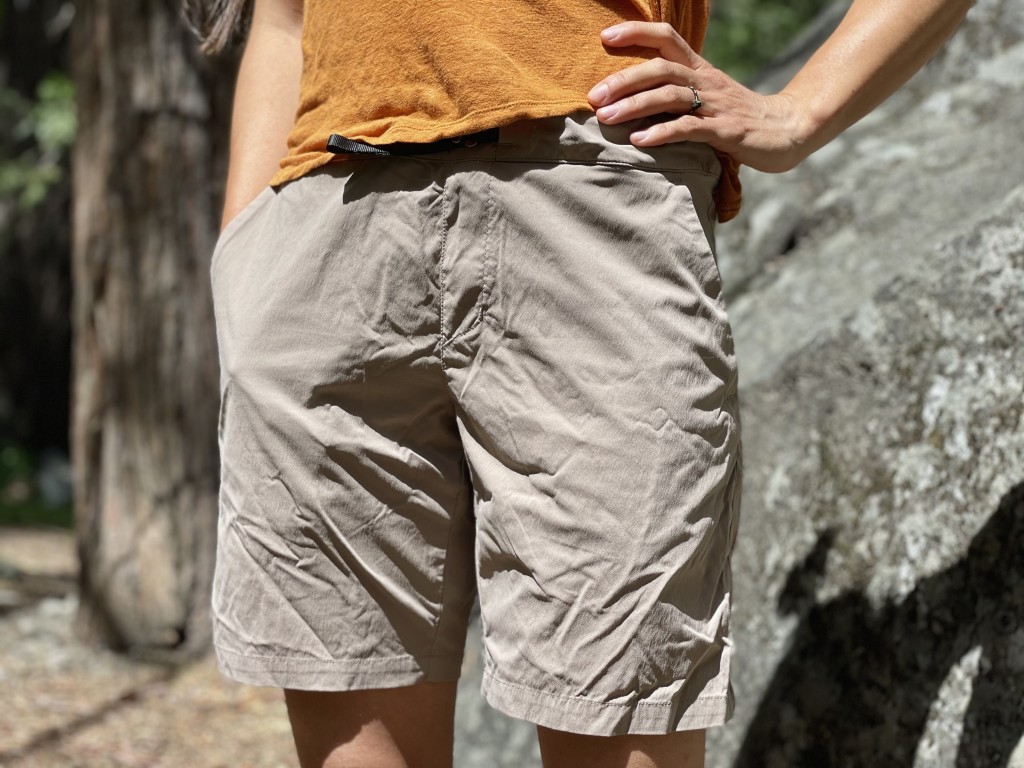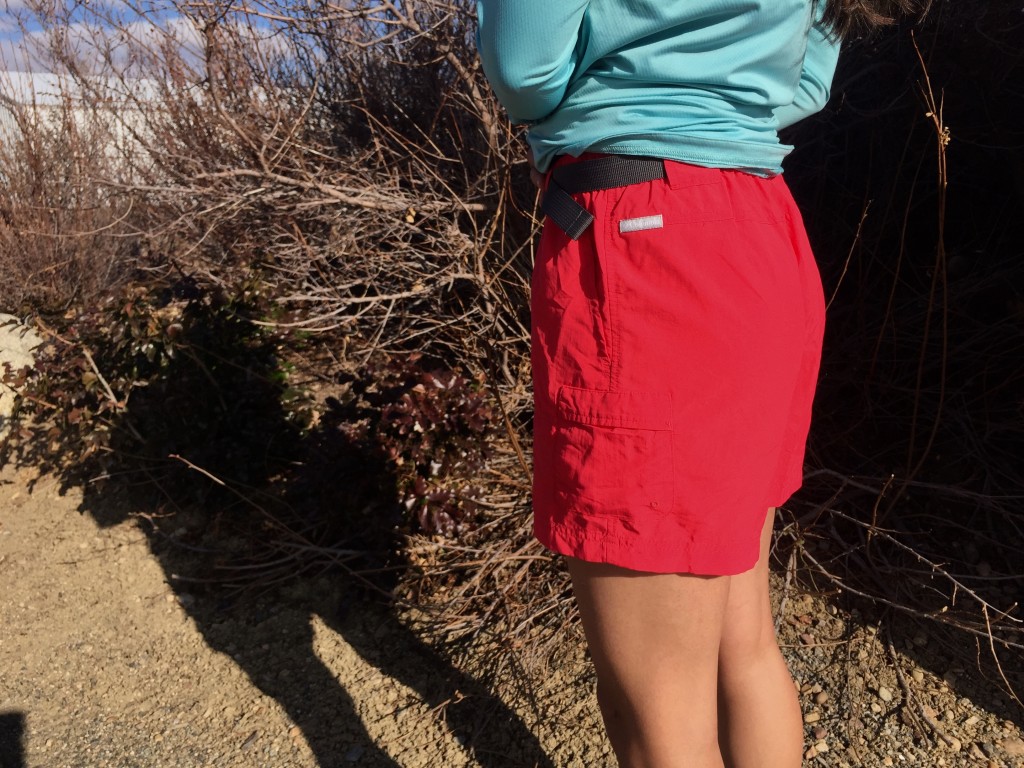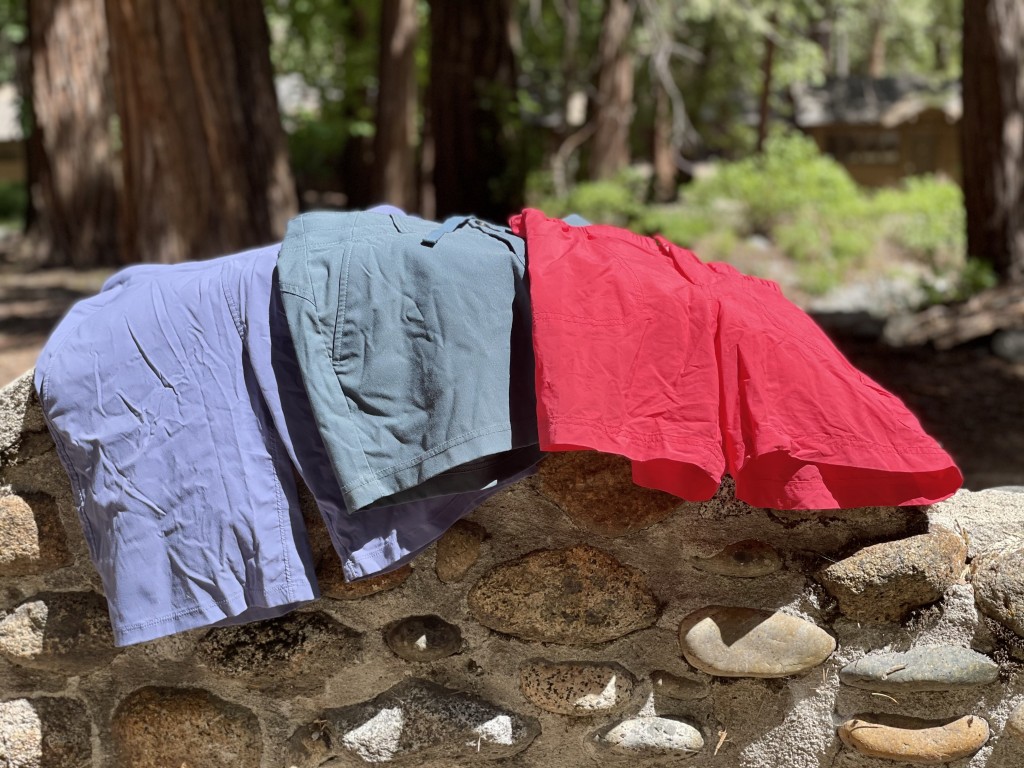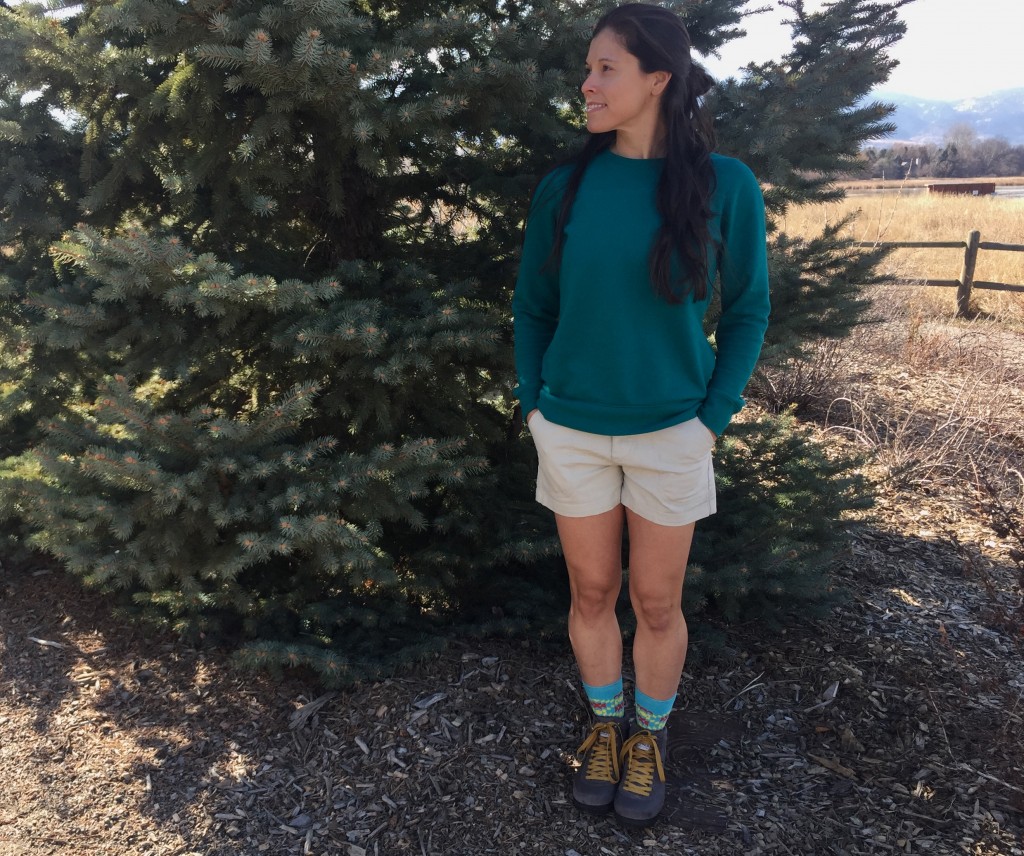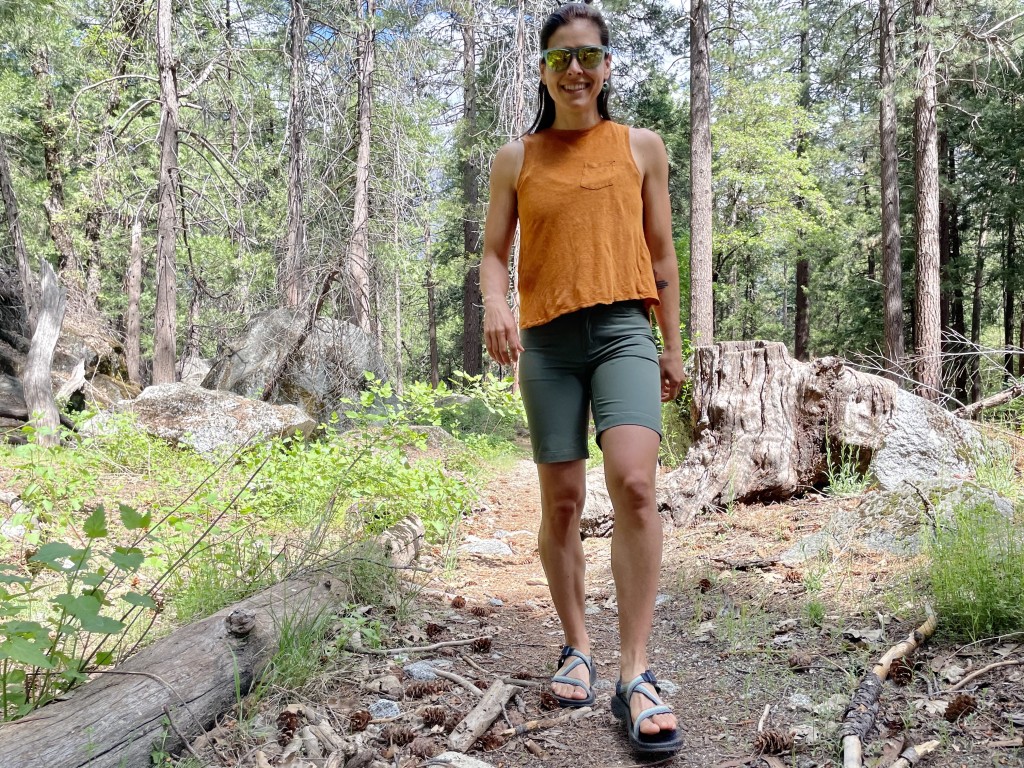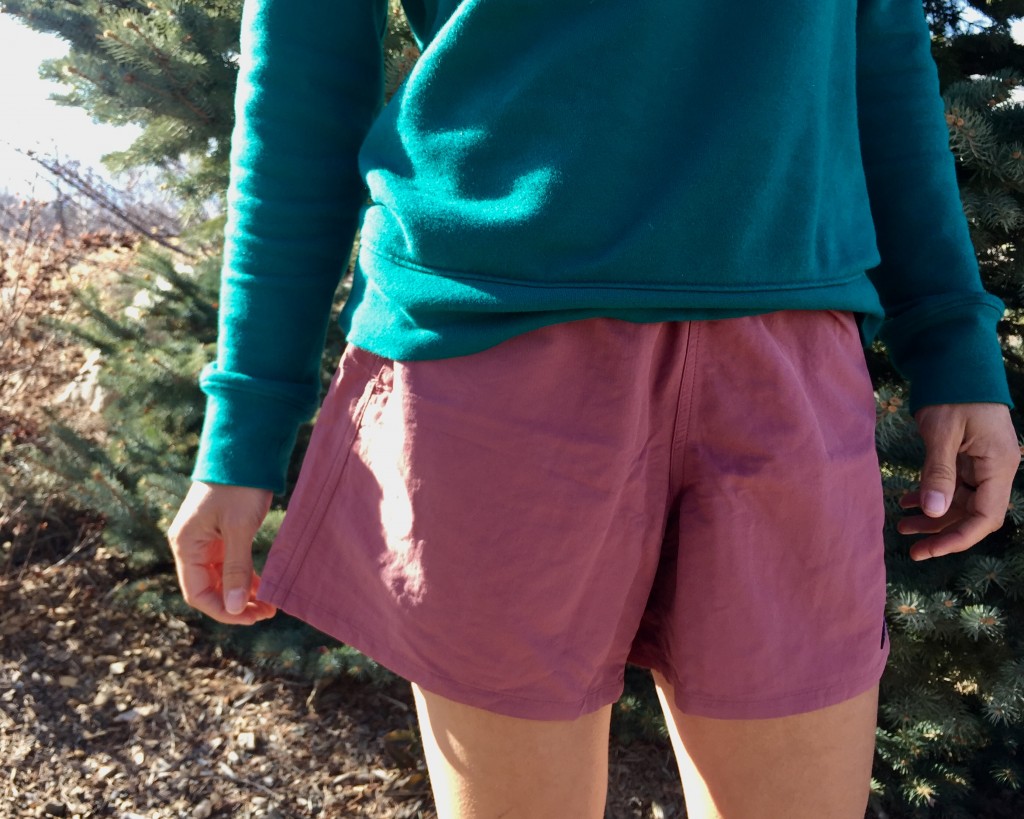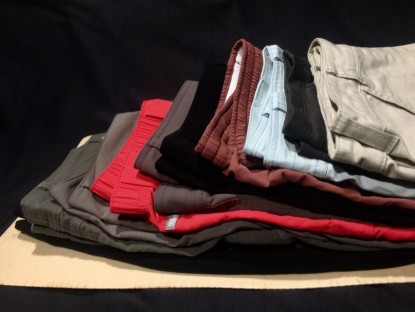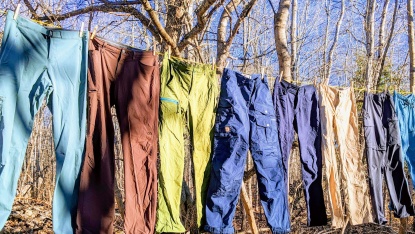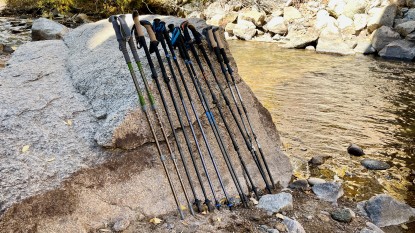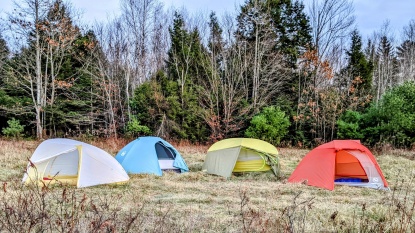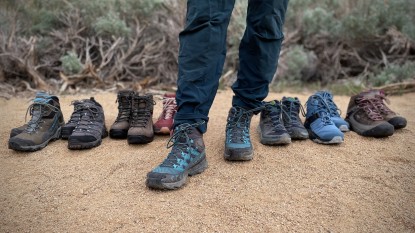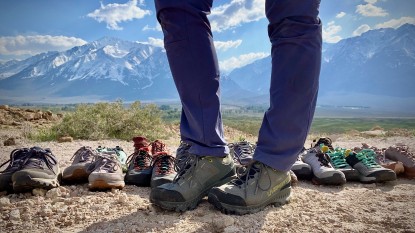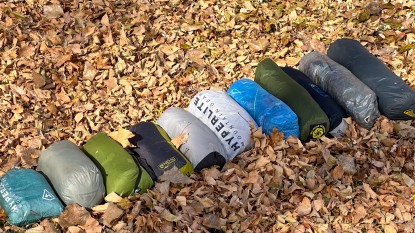Owning a pair of the top women's hiking shorts can be beneficial whether you're in the mountains or the city. With function often prioritized over style, this type of apparel is designed to perform with the body and not against it. Whether the temperatures are hot or cold, or whether the trail is flat or steep, the materials used should breathe well, feel comfortable, and be durable enough to withstand use in the outdoors. Style preferences will, of course, differ from person to person, as well as whether a short or long inseam is best for you. Your personal agenda will also dictate the necessity of features and advanced material technologies, such as water resistance, odor control, and sun protection. But these added perks are nice no matter what, so make sure to keep comfort, mobility, and breathability at the top of your list when thinking about which pair to buy. Since it can be challenging to differentiate between different types of shorts, like running or fashion apparel, we help break this category down by discussing distinct differences.
Hiking Shorts vs. Running and Fashion Shorts
While it's easy enough to own all three types, what actually distinguishes them? As modern trends ebb and flow, there are many instances where the lines become heavily blurred. Nonetheless, some aspects of each type can be easily identified. To help define a pair made for hiking, the first difference is the design intention behind the product and the language used to describe it.
Manufacturers are usually extensive with their descriptions and suggested uses. For the context of being outside, brands will express keywords such as "for varied conditions," "outdoor adventure," or "technical trekking." The materials used will often be described as "durable" or "breathable." This will extend into a list of features and qualitative measurements deemed pertinent for outdoor travel, such as sun protection (with a UPF rating), overall weight (ideally less than 10 ounces), or whether or not a fabric is "moisture-wicking."
Another identifying element is the use of synthetic materials, such as nylon, polyester, and sometimes cotton-based materials with added spandex or elastane. The main difference between the synthetic fibers and natural fibers, like that of cotton, is that synthetics are not derived from plants or animals and are often cheaper and more stain-resistant. However, as the sustainability movement progresses, brands are all the more encouraged to participate in mitigating waste and utilizing eco-friendly processes and materials.
Since, for hiking, movement, and exertion is the main task, the apparel tends to be thinner, stretchy, and hopefully constructed in a way to promote airflow for when you sweat. Common benefits of nylon and polyester are natural mold resistance, baseline durability, and greater ease of cleaning. In conjunction with these performance-minded facets, this category of apparel should also have pockets. Since walking is the main exercise here, being able to carry small items or a phone is expected. We are stoked that brands are finally giving women's apparel deep pockets!
The final elements we'd like to point out are a combination of inseam length and athletic styling. Hiking shorts will traditionally be much longer than fashion and running shorts (although there are arguably many long fashion shorts), with the prime inseam zone being somewhere between 5 and 10 inches. Stereotypically, the shorter the inseam, the more "youthful" the vibe, and the longer the inseam, the more mature and practical-based, but these are not rules! So many brands are offering more elegant shorts with long inseams and also very simple, non-assuming shorts with shorter inseams. Options abound, as long as comfort, mobility, and breathability are there.
Running Shorts
The act of running requires a lot of flexibility and space for the legs. Because of this, running shorts are far more minimally designed and fundamentally ultralight. Many styles involve the dolphin, or split-short, design, which is the most breezy and usually the shortest type. The split refers to a tapered and triangularly shaped cut (an exaggerated scallop) between the front and rear sections of the shorts, allowing for the utmost venting at the sides of the legs. In the most extreme cases, the height of this split can meet the waistband. Another design for running shorts, but not as common, is the body-con spandex type that borderlines full-coverage underwear. This is the most aerodynamic, of course, and is a standard among professional racers. Lastly, the more in-between and casual types have no scallop or dolphin cut at all but are loose around the thigh. Having an inseam of 5 inches or less is standard.
With similar use of synthetic materials as those for hiking, the differences reside in the general lack of need for things like water resistance or added sun protection. The priority for running is to utilize material that is not cumbersome (i.e., high mobility) and is highly breathable. Depending on how much you run, a low-mileage jaunt, even when it's raining out, won't be an issue for shorts that absorb water readily. The ultralight and synthetic nature will dry very quickly. Another small feature that is common is a very tiny stash pocket stitched into either the waistband or the side of the shorts for keys or chapstick. Pockets for your hands are not typical. Lastly, internal drawstrings to cinch an elastic waistband is also standard, as there are no buttons, snaps, or zippers.
Fashion Shorts
With nothing but casual to semi-formal outings in mind and no expectations to perform or sweat, fashion shorts are exactly that: fashion. The vast array of materials and designs are incomprehensible, but the main and most important aspect is the aesthetic. Stitching is thoughtful and creative. Materials are usually heavier and not meant to be very breathable, while pockets tend to be smaller and not always functional (though, perhaps this is changing, too). The use of zippers and button closures can be characteristic of jean-inspired looks. While hiking shorts also utilize a variety of similar types of waist closure, having a streamlined and lightweight nature is not always a priority for fashion.
The benefit of being trendy is, of course, relevant to your own inspirations, and there's nothing stopping you from being a fashionista in the woods. From the casual to the Avante-Garde, colors, and patterns often dictate the look of the short, typically outweighing the need for long-term comfort and practical performance (like being able to flex your leg over your head). Fast fashion can be misleading in the durability department, which is why having apparel that won't shred apart from sitting on a rock is important for hiking.
Key Hiking Essentials
When we brainstormed what facets to test for, we knew that all of them would be performance-based. Long-term comfort, stretch, airiness, and added resistances are the recommended fundamentals of a great pair of hiking shorts. Keeping these in mind will help you determine the technicality and bottom-line value.
Over the years, we've tested a range of inseam lengths from super short to knee-length coverage. We feel the prime comfort zone for length to be between 5 and 10 inches. If the material is thin and flexible, inseam length doesn't particularly matter. If the material is on the thicker side, or if the cut of the design is slim (as opposed to a relaxed fit), then this is when inseam length can become a detriment to comfort and mobility.
Comfort and Mobility
Comfort and mobility are where the deal-breaking truly reside. When trying on a pair of shorts, if there are concerns for comfort right away, do not ignore them. Imagine an all-day adventure or the most challenging hike you can see yourself doing. Will the shorts keep you happy and chafe-free? The waistband should not dig into you, feel bulky, or too warm. Wider waistbands are usually better at distributing pressure.
Bringing your knees up toward the abdomen should be a fluid motion. The material should not dig into the thighs, but we understand this can be tricky to design for, as the leg, hip, and waist ratios differ on everyone. If you have to budge on the flexibility, at least make sure you can sufficiently bring your knee to your chest with relative ease. This will make all the difference on the trail, particularly if you're a hiker who loves technical and rocky terrain.
From our experiences, we find that models with a relaxed fit as opposed to a slim fit are the most comfortable and accommodating to movement. Unless you're going for a legging/full spandex design (which is super stretchy and flexible), hiking shorts are usually better off on the more open and flowy end of the spectrum. But, the best shorts for you will be well-fitting, comfy, and easy to move around in no matter where you're going or what you're doing.
Venting and Breathability
Arguably just as important as the metric above, this is where we begin to focus more on the technical performance of the shorts. Intended for the warmer months of the year, being breathable and well-ventilated will help mitigate excessive sweating and discomfort. Looser leg openings will vent more easily than shorts with a slim and next-to-the-skin cut. Having thinner and lightweight fabric also contributes to greater airflow. A note on breathability, however, is that the models that breathe the best won't be as comforting in the wind or cold temperatures.
Even with short inseams, material that is denser and stiffer, such as those whose primary fabric is cotton, won't allow for optimal moisture-wicking and temperature regulation on muggy days. Ideal for when the sky is overcast (yet, who can predict that), thicker options may only offer average results. While added length implies more insulation in general, the knee-length styles are hopefully open enough at the hemline to allow ample air circulation. Sometimes, pockets will be mesh-lined, which helps. A good trick to check for adequate breathability is to see if you can blow air through the fabric with your mouth, or vice versa, breathe in. Another easier trick is to just hold up the fabric to a light source. Fabric that generously allows air to pass through will typically have a more open weave, allowing light to pass through as well.
Versatility
Trying to wrap our heads equally around style and multi-sport qualities, this metric is by far the most subjective and conditional. While versatility doesn't bear as much weight as the previous metrics, it's merely the icing on the cake and not necessarily a dealbreaker. For our practical needs, being able to hike across varied terrain during the summer is the most important thing. But if you're of a more fashion-oriented mindset or wanting athleticwear that can easily transfer between activities and events, it's best to make a list of the types of outings you will want to extend the use to. Whether it be the casual advantage of showing up to lunch in the same outfit you hiked in or the more technical advantage of being able to hop on a bike to commute home from the trailhead, versatility is a byproduct of comfort and mobility. To be as critical as possible, we also contemplated whether or not each pair could fare well in the shoulder, usually colder/wetter, seasons.
This metric celebrates the cross-activity potential, multi-seasonal appeal, and modern styling. The more singularly athletic designs are not as aesthetic to wear around town in our opinion but are typically more useful across a broader range of sports. On the flip side, some shorts have, at first glance, a more casual fashion look to them due to color and creative stitching. If fashion is a priority, you'll still want to consider the practicality of the pair in relation to the activity you intend to use it for.
Water Resistance
A rising standard for outdoor apparel, water resistance is something that is usually expressed in the product description. Something to look for is fabric treated with DWR (durable water repellent) or for a brand's own version of repellency. Columbia's OMNI-SHIELD technology, for example, is for both water and stain resistance and is often utilized for their athletic apparel. We don't particularly test for stain resistance, however. We appreciate when the water beads and remains so for at least a few minutes before slowly absorbing into the fabric (or, perhaps there is no absorption at all). The beading allows for ample time to brush water away or wipe away spills, light rain, or a splash from a stream crossing. Each product that has a DWR treatment will have its unique level of strength, as in, there isn't necessarily a standard for how resistant it has to be. This is why we like to test for ourselves and offer that insight to you.
Granted, water resistance does detract from a fabric's ability to breathe, so there is a trade-off. If all you want is a fun, summer short that you can go kayaking in as well, water resistance isn't as much of a necessity. Having a short that is perfect for water-play in the summer heat is typically a short that doesn't have high resistance since they are made to get wet and dry off quickly.
Features
Covering a wide range of accessory perks, features have to do with technical advantages like sun protection, the quality of pockets, the types of waistband closures, and any miscellaneous things that manufacturers end up throwing in. In some ways, features can end up being a nuisance, such as an optional belt or stash pockets that are too small for practical use. There have been cases where a belt does nothing to aid in the closure of the shorts due to an elastic waistband being already snug enough. A purely stylistic feature, it adds weight and is cumbersome.
An example of well-thought-out advantages is something that offers sun protection, moisture-wicking capabilities, anti-odor resistance, and several decently sized pockets (some of which may have zippers for extra security). Such shorts would be well-designed for travel and utility.
To better grasp this category, we suggest creating a list of the features that are the most important to you. This can help you decide on what aspects to prioritize. During the summer, tricot-lined waistbands might not be the most practical or useful. One standard we like to uphold no matter what is having spacious pockets that don't easily let items slip out.
Conclusion
With these five essentials as a guide, deciding which shorts are the most useful and affordable for your needs should no longer be a daunting task. In the end, we prefer the most comfortable shorts we can get our hands-on, with an appropriate balance of technical features. This combination ensures a fun-filled day of hiking and activity. Make sure to refer to the main category overview, as well as the individual reviews, for a closer perspective on how the shorts we reviewed currently rank and what their relative value is. Be sure to check out our full Women's Hiking Shorts Review.

